How To Tell If Your Dog Or Cat Is Overweight
Is your dog or cat overweight?
There is a lot of conjecture about what an overweight dog or cat looks like, with many people having rather heated discussions on this topic.
Some studies suggest that as many as 59% of dogs and 52% of cats worldwide are overweight.
What is surprising though, is that according to a recent worldwide survey by Mars Petcare, only 24% of owners recognise that their own pet is overweight!
With life expectancy decreased and the risk of disease and other conditions enhanced with obesity in dogs and cats, it’s well worth your time to learn how to assess your pet’s weight.
Check out our video or read the notes below to see how you can assess your pet’s weight. Let us know how you get on.
Right, let’s get on to it….
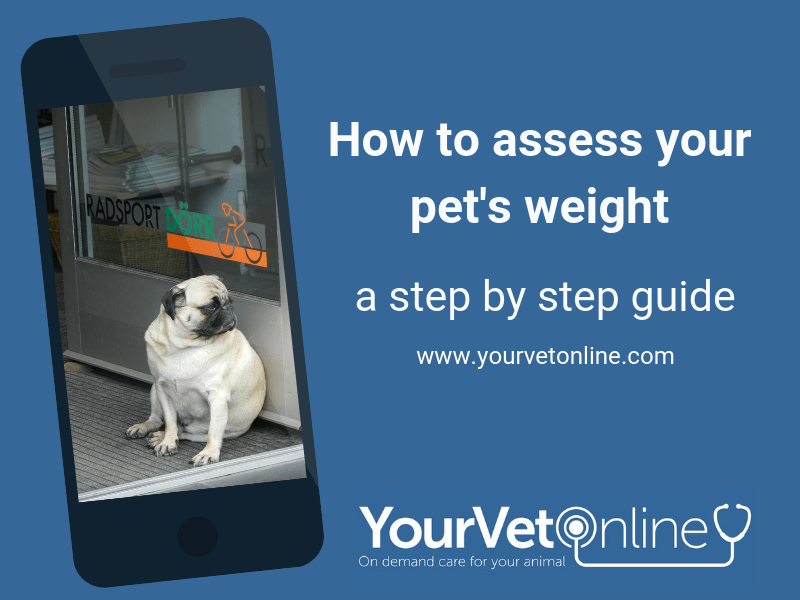
Video: How To Check If Your Pet Is Overweight
Assessment Of Your Pet’s Body Condition Score
What is described here and in the video can be used to assess either your dog or your cat. Actually, the principles are the same for any animal – even us humans (kind of!).
There are three parts to the examination:
1. Feel the ribs
2. See whether they have a nice hour-glass waist
3. Check whether they have a nice little tummy tuck.
Feel Your Pet’s Rib Area
To begin the examination you need to use the palm of your hands and fingertips. I want you to feel along your dog or cat’s rib area running your hands over their ribs with your fingertips.
Ask yourself:
Can I feel the ribs?
How easy are they to feel – do I have to put a lot of pressure into the skin over the ribs to feel them?
Or is it impossible to feel any rib?
Another good way to assess how much fat is covering the ribs is to compare it with the knuckles on the back of your hand.
When you hold your hand clenched like a fist, the knuckles protrude with a big rise and fall between each knuckle. If the rib area on your dog or cat is like this, then they are too skinny.
If however, when the back of your hand is flat and you cannot see or feel any knuckles your pet’s rib area is like this, then they are too fat and it’s diet time!
Does Your Pet Have A Waist?
Even though people can be thickset and not have a defined waist and still be healthy, this just isn’t the case with our four-legged friends.
All pets need to strive for the hourglass waist!
To check whether your pet has an hour-glass waist, it is easiest to do this by looking from above down on them.
You want to see that the barrel of their ribs tucks in and then widens again as the hindlegs attach at the hip.
Does Your Pet Have Belly Flab?
Third and still vitally important, has your dog or cat got a little bit of a tummy hanging low?
The easiest way to check this is we get them standing up and feel if there’s any tummy flab under there.
Does their belly tuck up nicely from the ribs to the hind leg? If this is the case then that is a good sign. If there is a large amount of fat in this area it can mean we have a problem.
We do have to be careful to consider a cat’s primordial pouch.
Some cats have this loose fatty skin that can make us believe they are overweight…they still can be, but it also can be normal, that’s why we need to use the three types of assessment in combination to determine if our pet is overweight.
This primordial pouch is believed to serve a few different purposes.
Some believe that it provides extra protection for vital organs if your cat is in a fight (we’ve all seen the way cats love to use their back legs in a fight).
Another theory is that this extra skin allows the cat to stretch out further when in full flight mode when running or jumping.
Some also theorise that it provides extra “room” for belly expansion after engorging a big meal! This probably has more benefits in wild cats who might experience a large meal then not see another meal for quite some time.
Does Your Pet Need To Lose Weight?
Now that we have assessed our dog’s and cat’s weight, do they need to lose weight or are you concerned that they are a bit skinny?
You can ask a vet a question using our online service if you would like a quick and convenient answer to this question. Otherwise here are some quick tips to help you on your way:
- Measure, weigh and record everything you feed your pet. This includes treats as well as meals. Do this for at least 3 days that are representative of what they ‘normally’ would have.
- Take a note or a picture of the ingredients/nutrition specifications on the food packaging. Pay particular attention and record calories, protein and fat levels (carbohydrate isn’t usually recorded).
- Record how much exercise your pet is doing each day.
- Go to your local vet clinic and get a weight for your pet (this is required to work out how much food they require).
Once you have all of these details, go to the article on how much to feed your dog or cat to learn how you can calculate your pet’s food requirement.
If your pet has a weight problem and you want help, join Dr Leigh’s Pet Fit Dog and Cat Weight Loss Program today!
Do you think your pet has a weight problem? Tell us in the comments how you have kept your dog or cat’s weight under control.
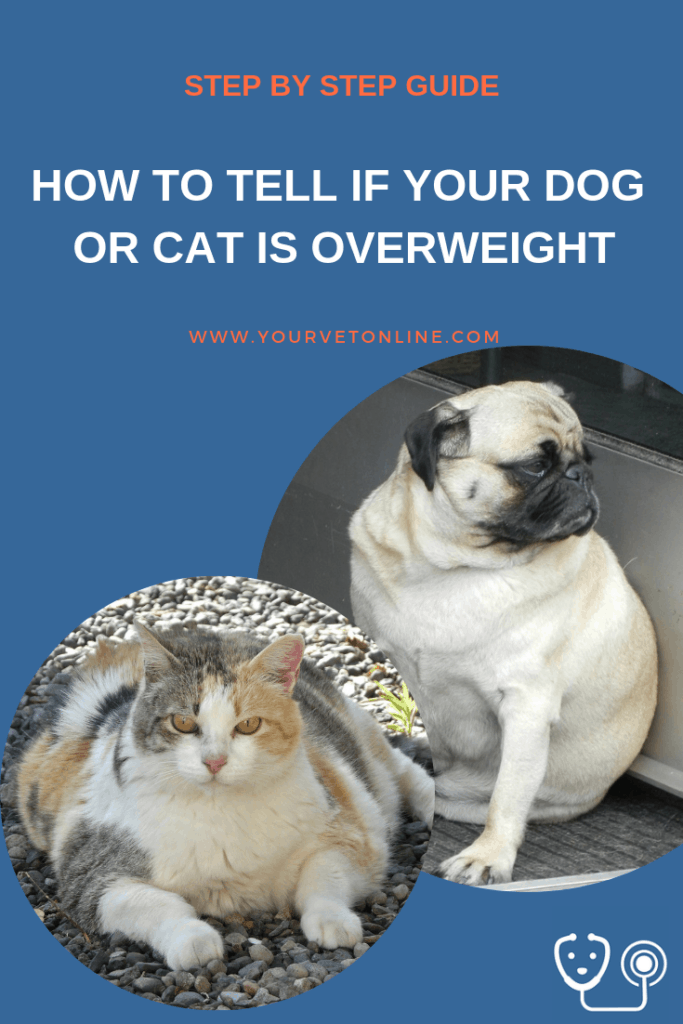

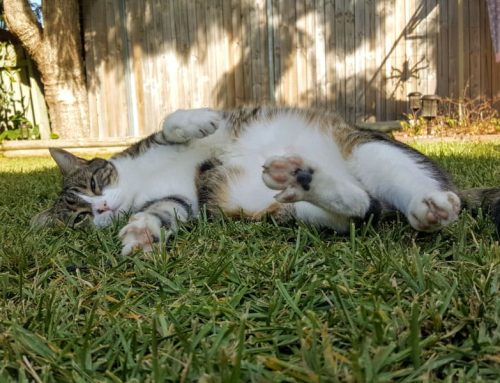
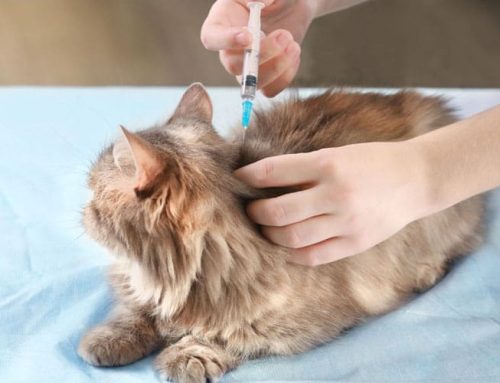
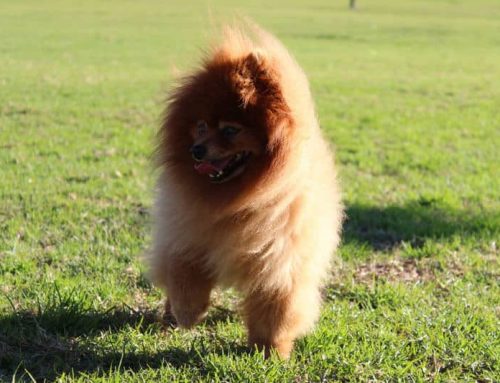
Leave A Comment